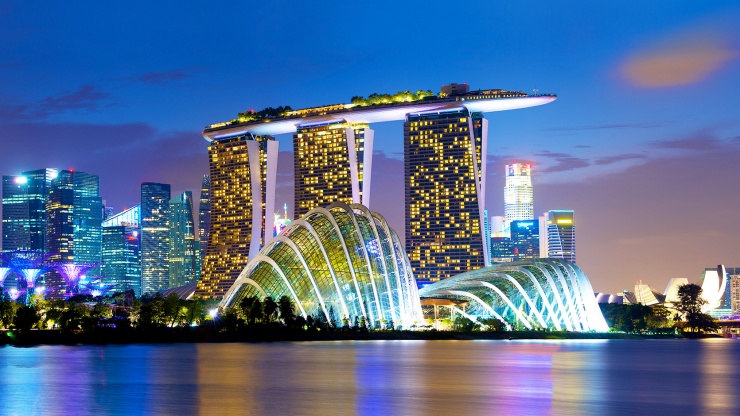Despite challenging economic conditions, last year will reportedly see Singapore having welcomed more tourists than ever before with these visitors having spent a record $17.5 billion on confectionery, shopping and accommodation.
According to a preliminary annual report from the Singapore Tourism Board released yesterday, a surge in the number of travelers from China will help the former British enclave to record a 7.7% increase year-on-year in total tourists to 16.4 million while the spending figure is set to represent a swell of almost 14%.
“We are heartened by the strong tourism sector performance in 2016,” read a statement from Lionel Yeo, Chief Executive Officer for the Singapore Tourism Board. “Despite challenges such as weaker economic performance in some of Singapore’s top source markets and a Zika virus outbreak, Singapore has managed to attract more quality visitors to contribute to economic growth.”
The Singapore Tourism Board’s preliminary report also showed that the first three quarters of 2016 witnessed the number of visitors from China rising by 36 percent year-on-year while they spent 41% more. Similarly, India posted a 37% boost in the number of its nationals traveling to Singapore with an associated 8% rise in spending followed by Indonesia with a 14% escalation in tourists alongside a 6% boost in spending. These made up for declines from Hong Kong, Australia, Malaysia, South Korea and Japan and their associated 19% drop in aggregate spending.
“The strong tourism receipt results came on the back of visitors spending more on food and beverage, shopping and accommodation,” read a statement from the Singapore Tourism Board. “Tourism receipts from China increased mainly due to a volume-driven growth while Indonesia and India saw tourism receipts growing on the back of visitors spending more on shopping and accommodation.”
The Singapore Tourism Board, which had intensified its marketing efforts in China, India and Indonesia, moreover predicted that 2017 will see foreign visitors spend $17.6 billion to $18.1 billion with international arrival numbers staying relatively flat at 16.4 million to 16.8 million.
“Global economic and political uncertainties will probably continue to persist and there will be increasing regional competition for tourism dollars,” read the statement from the Singapore Tourism Board. “However, Singapore can benefit from the projected tourism growth in the Asia-Pacific region.”



